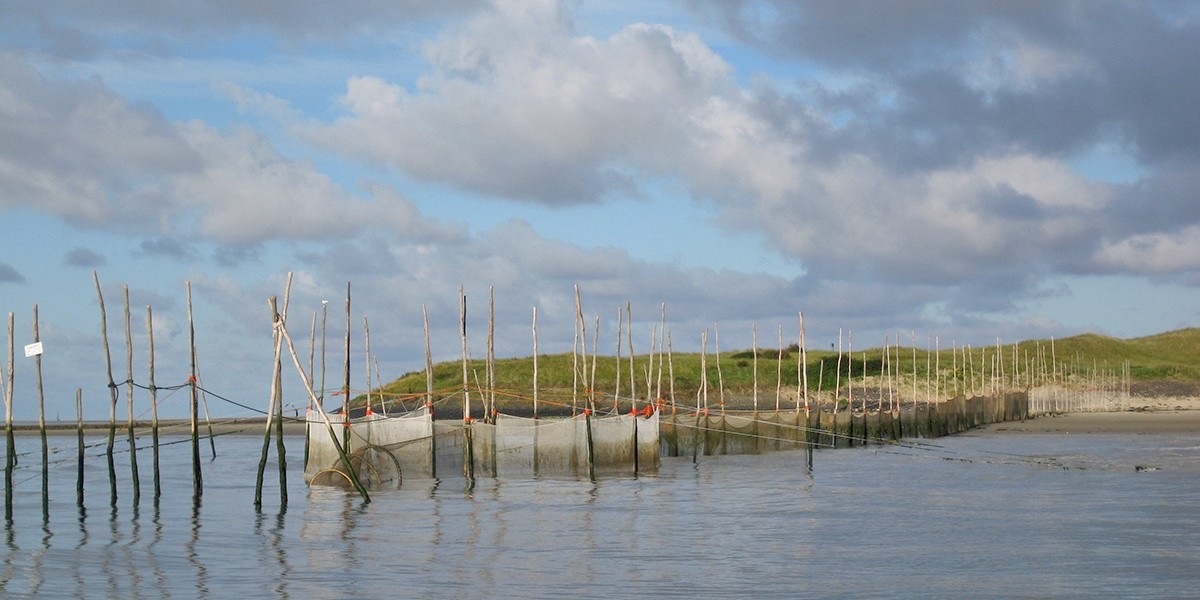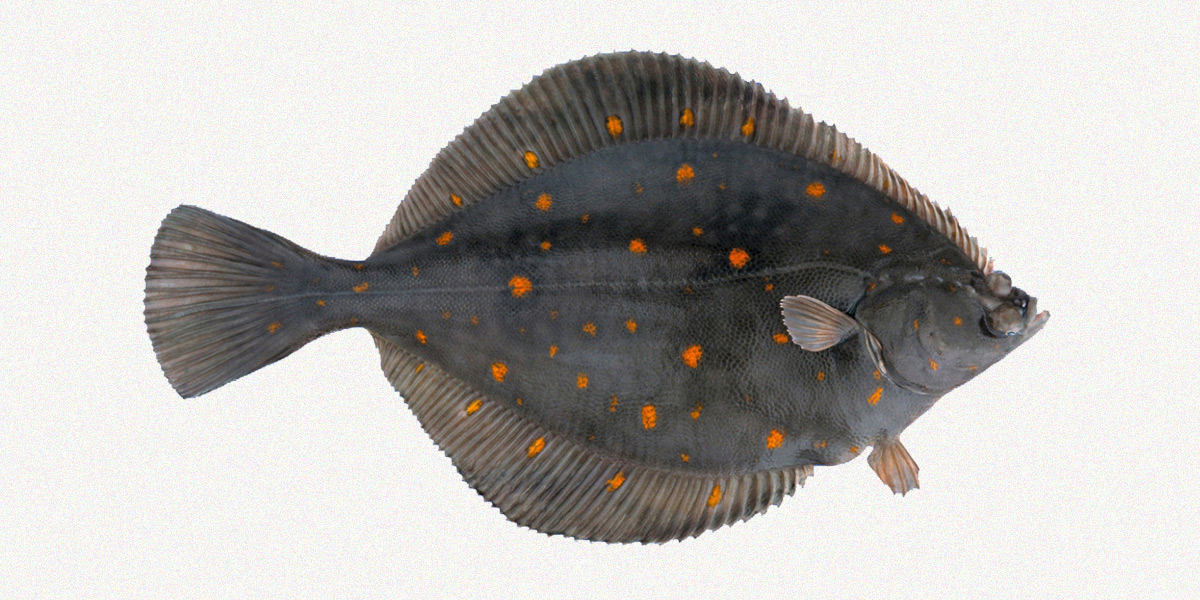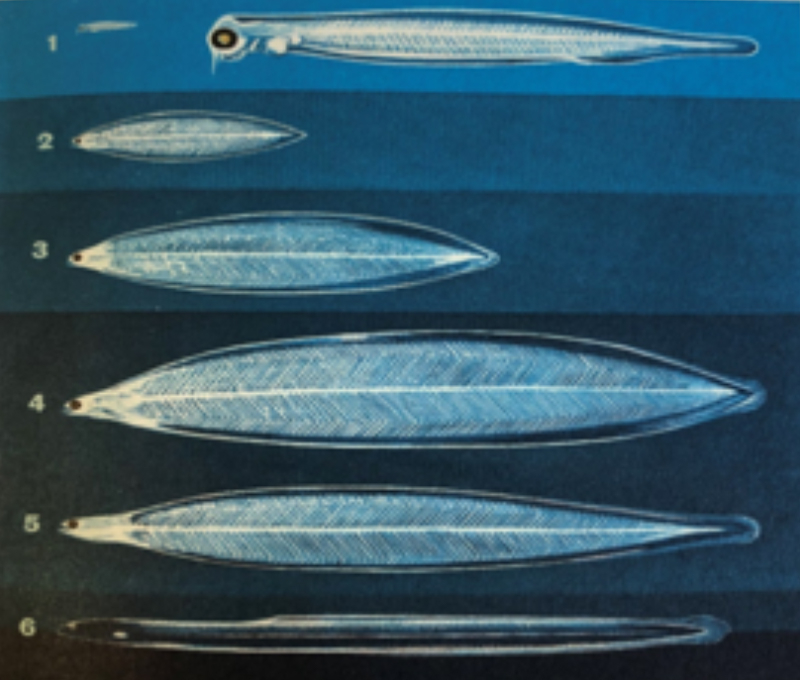Adult eel in the fyke again
Eel have to pass the Wadden Sea twice in their life, allowing us to monitor the changes in their population sizes in the NIOZ-fyke in the Wadden Sea near the institute on Texel. Starting in the late nineteensixties we see a strong decline in Eel catches.

Nursery grounds
Throughout the year, the Wadden Sea is populated by fish species coming from different areas: There are North Sea species using the Wadden Sea as a nursery like the Plaice, and species that always live in the Wadden Sea like Bull rout and Eelpout. We also have rare migrants that are passing by, like the Swordfish, but also migrants that have to pass the Wadden Sea regularly because they migrate between fresh water areas and the open sea. Salmon, Sea Trout, Allis shad, Smelt and Stickleback spend most of their life in the sea but they spawn in rivers and lakes. Other species spawn in open sea and grow up in fresh water. The invasive species Atlantic Croaker (in Dutch: knorrepos) is an example of this type of migratory behaviour.
Eel catches
The most common species is the Eel. Their life cycle from rivers and ditches to the open ocean near America and back is one of the most spectacular fish journeys a fish can undertake. These species have to pass the Wadden Sea twice in their life, allowing us to monitor the changes in their population sizes in the NIOZ-fyke in the Wadden Sea near the institute on Texel. Starting in the late nineteensixties we see a strong decline in Eel catches. Also in the sluices in the Enclosure Dam (Alsluitdijk) there are less and less elvers entering the fresh water Lake IJssel from the Wadden Sea. This might be induced by a lower amount of elvers surviving their journey from their hatching grounds in the Sargasso Sea, or too many adult Eels are being caught before they can spawnthere. During the last five years the fishery on adult, migrating Eel has been forbidden by the Dutch government. Fisherman also helped the adult Eel by bringing them to the sluices in the Afsluitdijk to make their journey just a littlebit easier. These measures seem to have been successful, sincewe caught much more adult Eel in our fyke in the autumn of 2016 than in the previous years. We are curious whether this positve trend will continue in the coming years.

